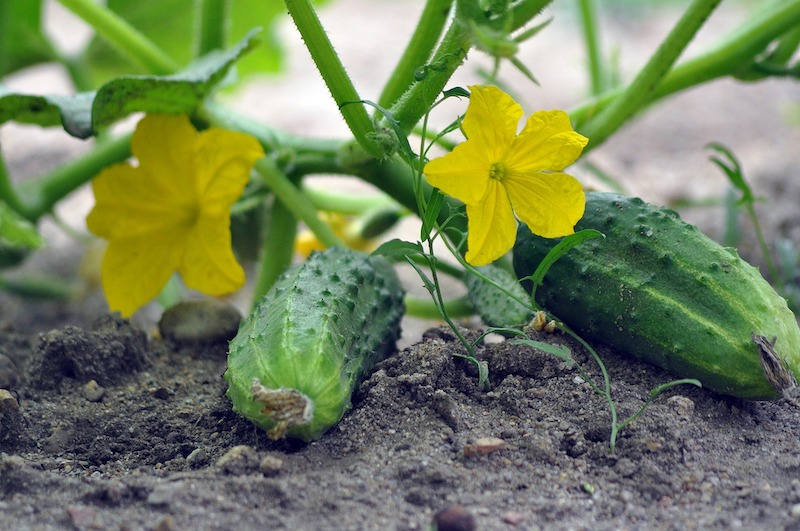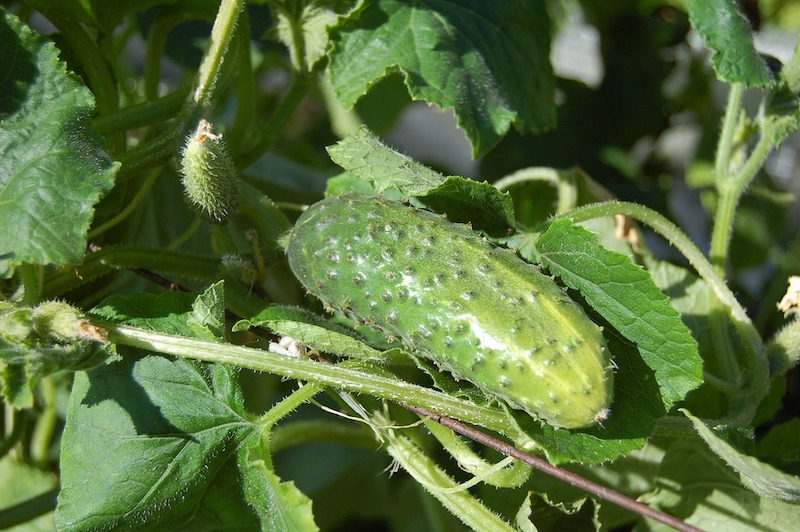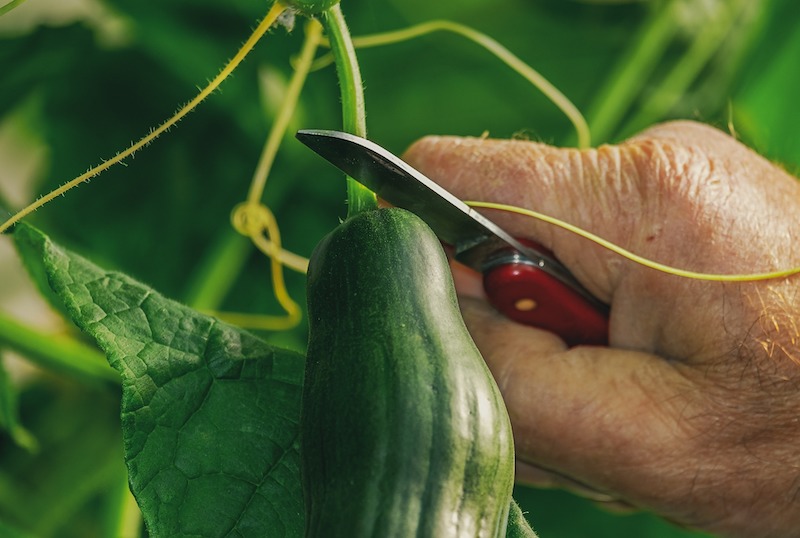Well known as garden mainstays, cucumbers are frequently grown by both beginner and experienced cultivators alike. Cucumbers, known scientifically as Cucumus sativus, are warm-season, frost-tender plants that are started by planting seeds directly or transplanting young plants into the garden. There are myriad varieties of cucumbers available, with a range of growth habits, fruit characteristics, and disease resistances. Researching and choosing the best variety of cucumber for the site and desired fruit features is of the utmost importance.

Caring For Cucumbers
One of the best ways to conserve garden space, increase airflow around the leaves and fruits, maximize sunlight, and make harvest easier is to trellis or otherwise provide a climbing structure for the cucumbers. Cucumbers grow well with direct sowing of seeds, but transplants can jumpstart the growing season by a few weeks.
Cucumbers have typical “garden plant” care requirements; they prefer slightly acidic soil, moderate fertilizer, full sunlight, and regular weeding. Each standard-type plant has male and female flowers. Male flowers often appear first and in greater quantity but only female flowers can develop into fruit.
Planting Cucumbers
Cucumbers are sensitive to cold temperatures and killed by frost, so it is best to plant seeds or transplants after the soil temperature has climbed above 70 degrees Fahrenheit. Seeds will not germinate if the soil temperature is below 50 degrees Fahrenheit. These sun-loving plants perform best in well-drained soil like a sandy loam with a pH between 6 and 6.5. Some types of cucumbers have a more compact, bushy form, while others grow vigorously with long vines. Position transplants or thin seedlings so they are 9 to 12 inches apart or plant 3 or 4 plants on an individual mound.

Watering Cucumbers
Regular moisture is necessary for healthy vines and vigorous fruit production. During the growing season, cucumbers typically require about an inch of water per week from rainfall or supplemental irrigation. With each watering, wet at least the top 6 inches of soil. In sandy sites, more frequent applications of less water is warranted. Good watering practices will help prevent foliar diseases. Try to time watering for early morning and apply water at the base of the plant in order to avoid wetting the foliage.
Fertilizing Cucumbers
Cucumbers have moderate nutrition requirements that can be met from either high organic content in the soil or with supplemental fertilizer applications. A soil test is the best way to determine if the soil pH is within the ideal range for cucumber cultivation and if any out-of-the-ordinary fertilizer applications are required. Excessive nitrogen will lead to a lot of vegetative growth and not many flowers.
In general, a solid fertilizer regimen might include a first feeding when true leaves appear and a light side-dressing multiple times throughout the growing season according to label instructions. Choose a fertilizer with a lower nitrogen ratio, like 2-3-6, to encourage flower and fruit production.
Growing Cucumbers In Pots
It is possible to grow excellent cucumbers in containers or raised beds, especially if the correct cultivar is chosen for the situation. Select a type of cucumber labeled as compact or bush type for containers. Use a well-drained, high-quality potting soil and make sure the container has ample drain holes. As a starting point, plant no more than 2 plants in a container with a diameter of at least 14 inches.
Cucumbers in containers will be more vulnerable to drying out than their in-ground counterparts, so plan to check on and water them frequently. A good trellis or other support system will also help to contain the cucumber within the space above the container.

Harvesting Cucumbers
The time until cucumber harvest varies depending on the cultivar. The range is generally 50 to 70 days from planting. Regular harvest is critical to avoid excessively large fruit development and to encourage repeat fruiting. Overly ripe fruit can develop a bitter taste, yellow skin, or hard seeds. When harvesting, use a sharp knife or shears rather than tugging on the fruit. This allows a clean break. Cucumbers store for about a week in the refrigerator.
 |
Author Angela Ryczkowski - Published 3-14-2023 |
